Where are we now?
Where are we now?
We are concluding through Step 1 (Assess) of the Conservation Standards Framework, and soon moving forward into Step 2 (Plan). This phase lays the groundwork for our initiative, where we have defined the purpose and study area, identified biodiversity targets, and assessed their current health using the best available information. The planning team is currently working on identifying pressures that compromise target health.
Purpose Statement
The purpose of this initiative is to develop and implement a collaborative action plan to further conserve and celebrate coastal and marine biodiversity and foster the well-being of Southern and Eastern Avalon communities for the next seven generations.
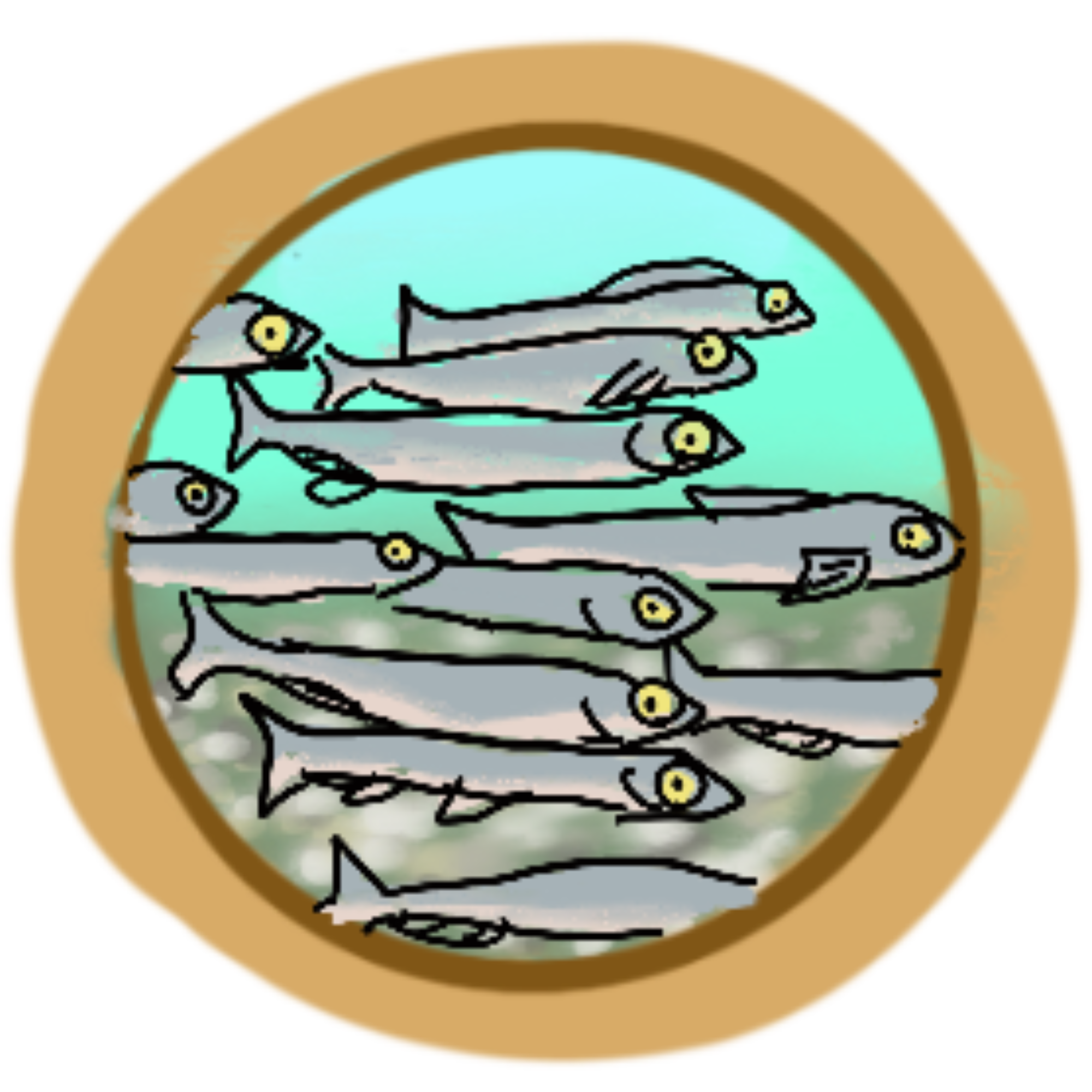
Pelagic and Anadromous Fish
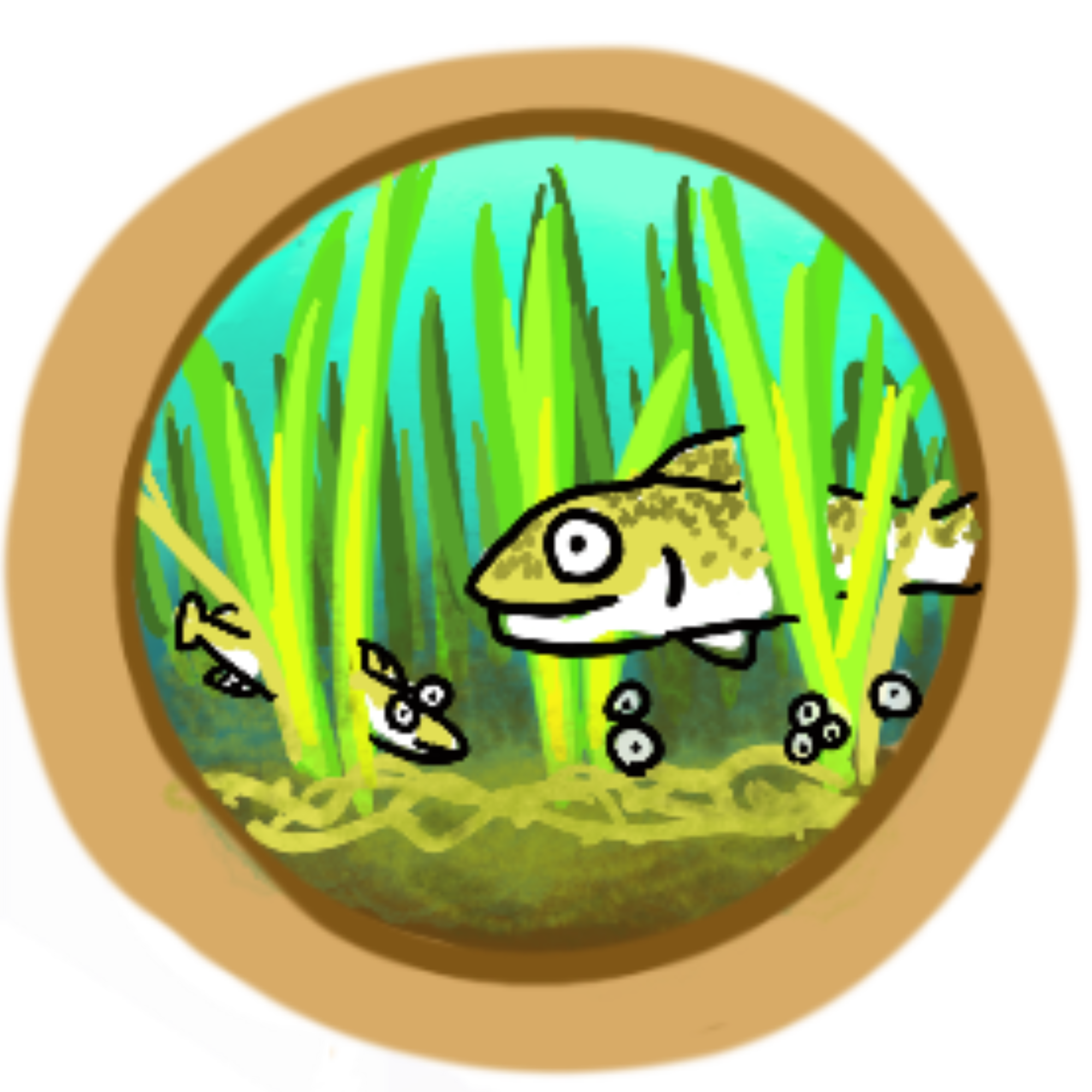
Eelgrass
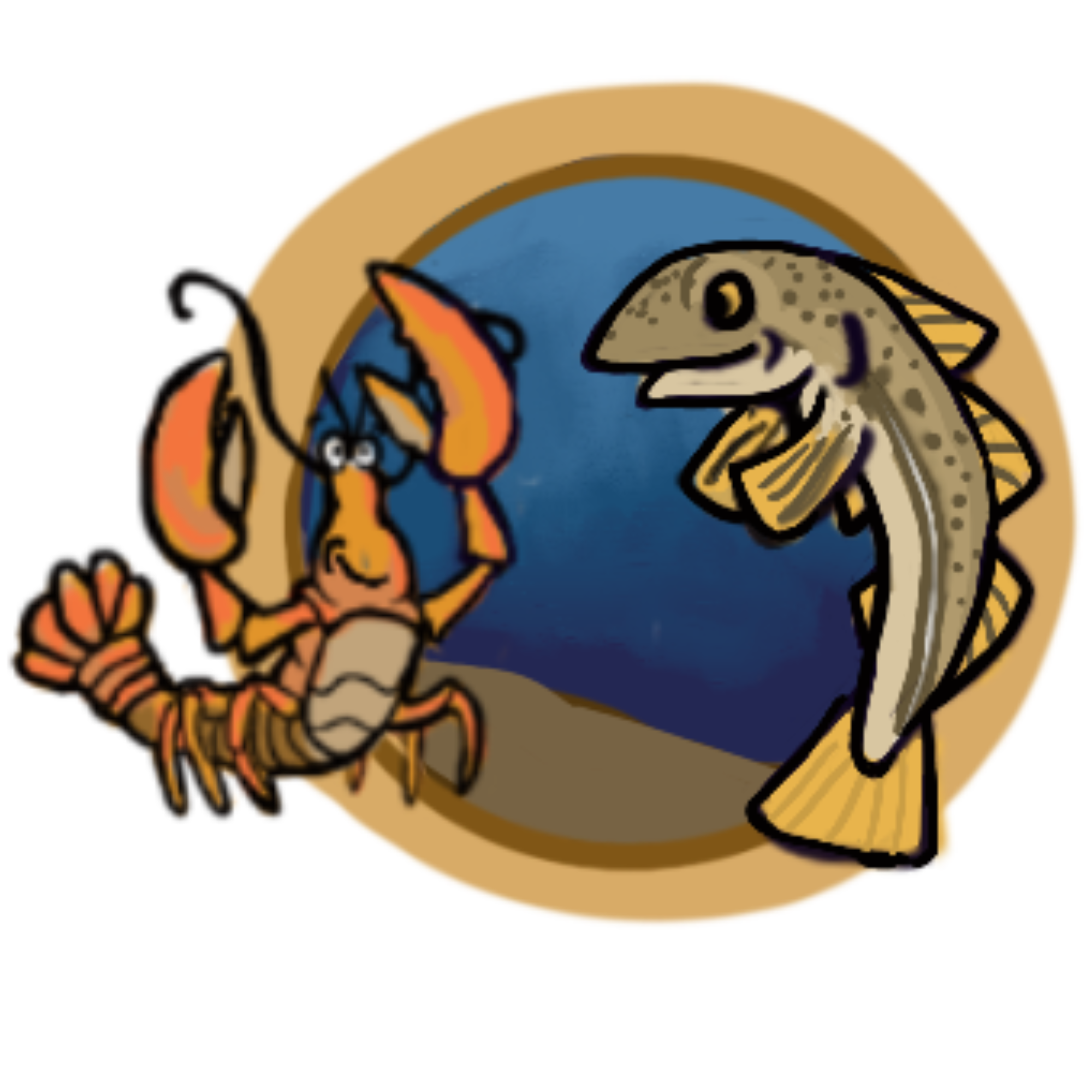
Benthic Ecosystems
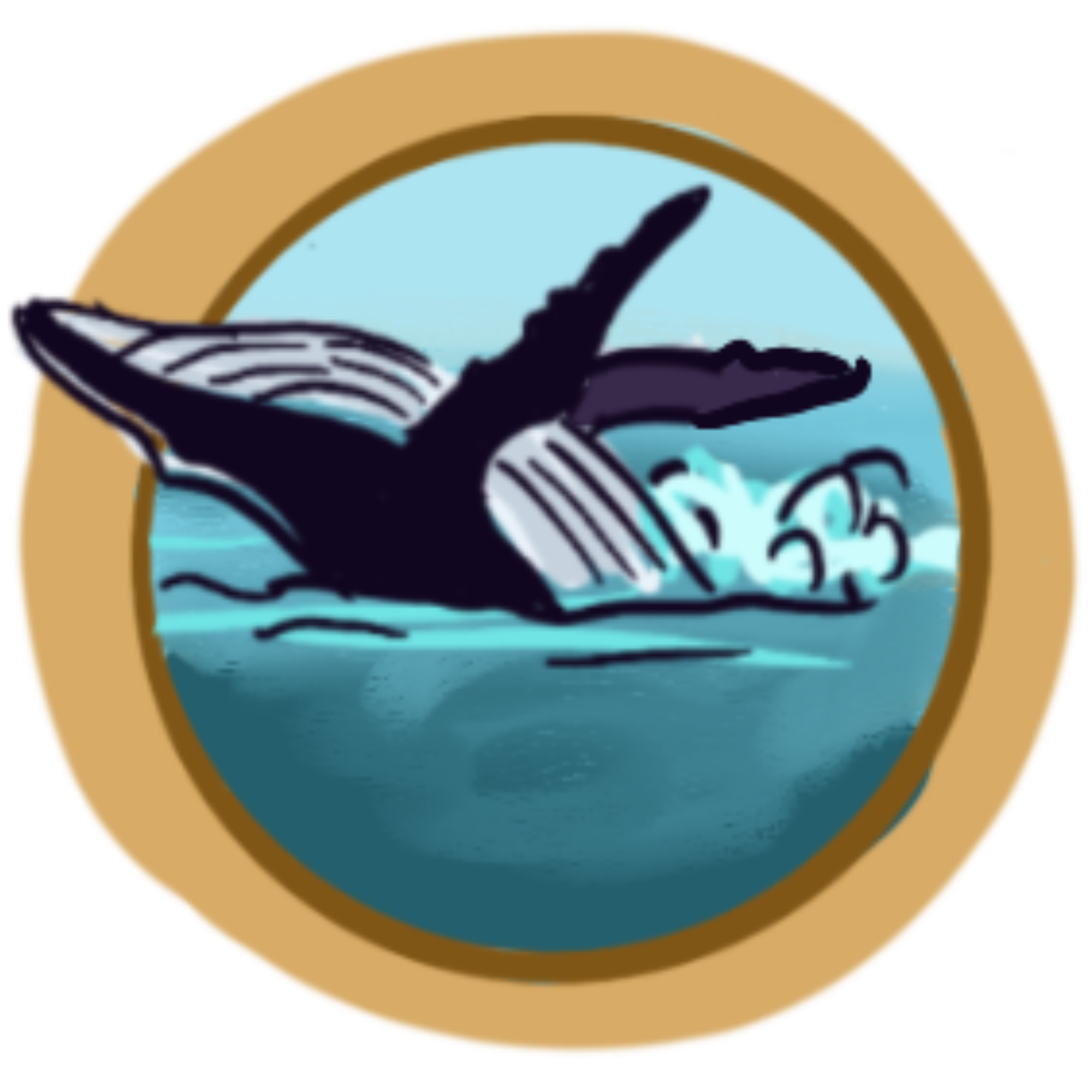
Whales and sea turtles
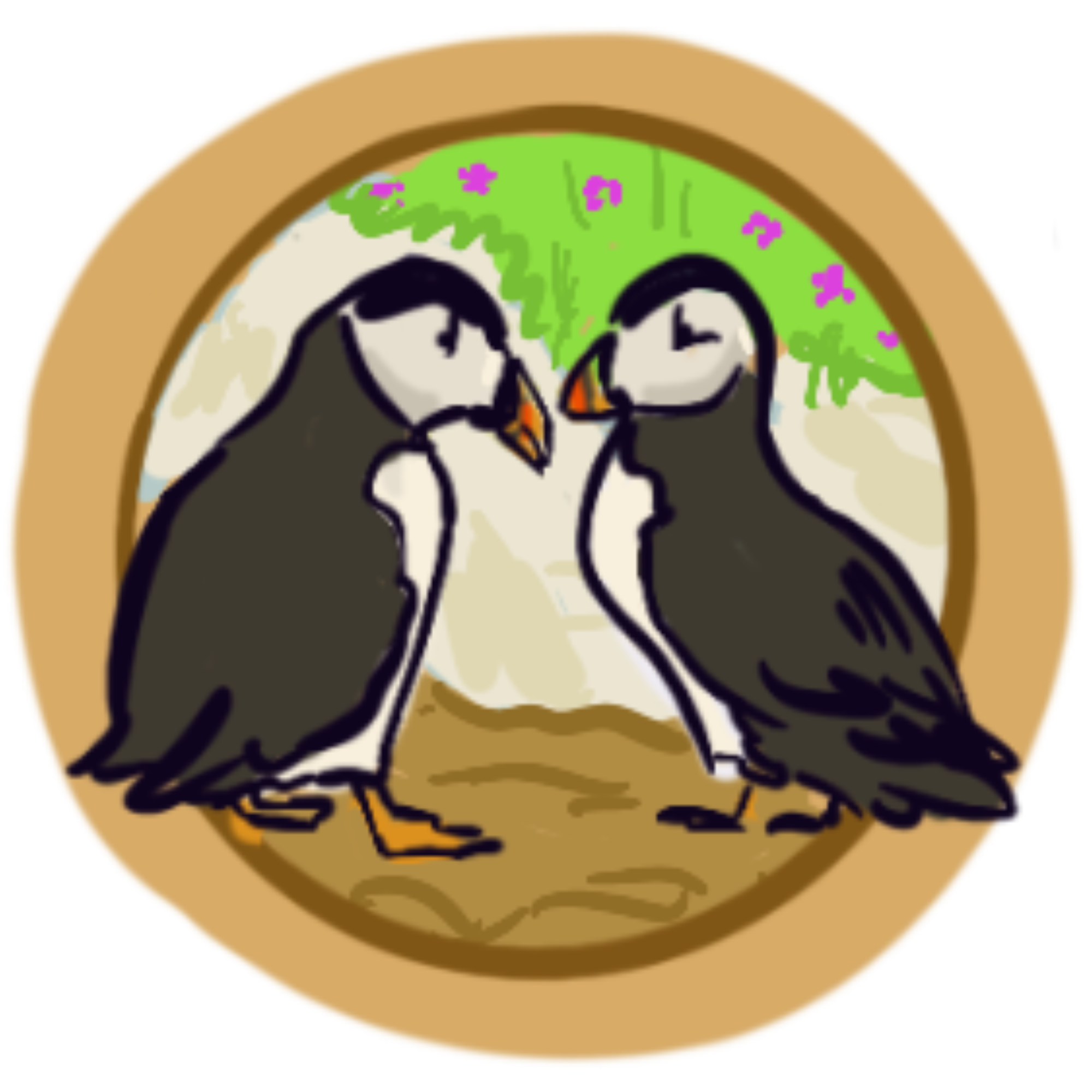
Marine Migratory Birds
Defining Targets
In consultation with subject-area experts, the planning team has identified five key biodiversity targets to develop conservation strategies: forage and diadromous fish, whales and sea turtles, eelgrass, migratory marine birds, and benthic ecosystems These targets represent the diverse ecological, social, and economic values intrinsic to our coastal and marine areas.
Assessing Target Health
Within Step 1 (Assess) of the framework, the planning team has derived important characteristics known as key ecological attributes (KEAs) of each biodiversity target that help understand their current state of health. This step allows the planning team to characterize conservation targets (species, habitats, and ecosystems) in more detail, measure the health and resilience of these targets, guide future management actions, and prioritize resources. Defining KEAs of each biodiversity target also provides a baseline for monitoring and evaluating the status of conservation targets over time. This ongoing assessment is being refined through collaborative efforts in planning team workshops and focus groups, supplemented, and verified by subject-area experts and current research.
Critical Threats
Through workshops and local community engagements, various threats have been identified which affect each biodiversity target. Identifying threats allows conservation efforts to be focused on the factors that are most negatively impacting the species, habitat, or ecological system of interest, and strategically allocate resources and actions. Threats are currently being evaluated during planning team workshop pressure assessments. By using adaptive management, like other steps, pressure assessments are dynamic and will be continuously updated to reflect new information and insights gained.
Project Scope
The project scope defines the geographical boundaries within which our efforts and strategies are concentrated. It refers to the study area that is being considered for multiple conservation strategies and extends from Cape St. Francis to Placentia Bay. The seaward extension of the study area was defined to include the diverse and interconnected marine systems and food webs surrounding the South East Avalon, from seabird foraging areas, whale migration corridors, to fish spawning grounds.
Why Here?
The selection of Southern and Eastern Avalon is rooted in its ecological, cultural, and economic importance. By focusing our conservation efforts here, we aim to create strategies that not only preserve the natural environment but also support and sustain the communities and livelihoods dependent on these resources. Our initiative is not only about conservation; it is about creating a harmonious balance between nature and human activity, ensuring the wellbeing of both for generations to come.
Next Steps
As we forge ahead, our focus remains on completing Step 1: Assess; broadening our understanding of the current health and pressures on each biodiversity target. This will be an ongoing effort both during and outside planning team workshops. Equally important is our commitment to incorporate community knowledge and perspectives obtained through continuous engagement sessions. Our approach is participatory, ensuring that our conservation efforts are inclusive and representative of the communities who live, work, and spend time in the marine environment of the Southern and Eastern Avalon.
Calling all local biologists/nature enthusiasts! Stay tuned as we plan upcoming events and opportunities to share ideas and ask questions!
